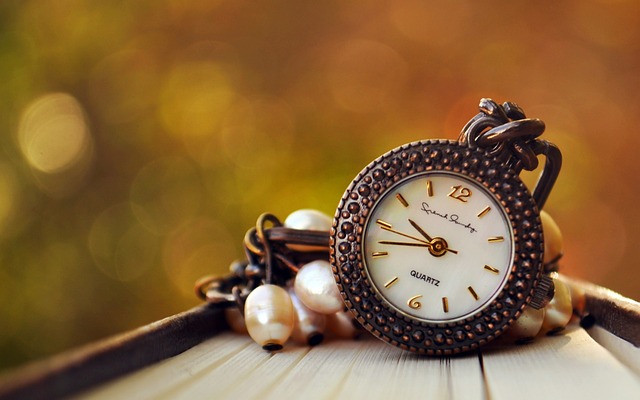Polishing Without Damage: Techniques to Preserve Thin Surface Coatings
Thin surface coatings on metal and mixed-material jewelry require careful handling to preserve appearance and value. This article outlines practical polishing techniques, storage and maintenance considerations, and how to assess materials, hallmarks, and plating so coatings remain intact while bracelets are cleaned, photographed, or prepared for resale.

Thin surface coatings—such as plating, lacquer, or intentional patina—can define the look of a piece but are vulnerable to aggressive cleaning. For bracelets and other small jewelry, polishing without damage means balancing surface care, correct tools and controlled techniques. This article covers how measurement and sizing, material identification, humidity, and maintenance habits affect coatings, and provides actionable guidance to protect clasps, leathers, and metal alloys while preparing items for display, photography, or reselling.
How do measurement and sizing affect polishing?
Measurement and sizing influence how you handle a bracelet during polishing. Smaller or tightly fitted pieces require gentler motions to avoid uneven wear on plating or lacquer. When measuring for a safe technique, note the internal circumference and any areas where metal contacts skin frequently; those contact points often show the earliest signs of fatigue and coating wear. Using appropriately sized polishing pads or swabs prevents over-polishing near clasps and decorative links, and helps maintain consistent finish across different materials and alloys.
What do hallmarks and alloys indicate about coatings?
Hallmarks and alloy stamps provide clues about base metal hardness and plating compatibility. Sterling silver, base metals, and gold-filled items each interact differently with surface finishes. For example, porous or softer alloys may reveal base metal faster when plating thins. Identifying hallmarks before polishing lets you choose cleaning agents and abrasives that won’t react with the substrate or accelerate corrosion. Documenting materials also helps with long-term maintenance records, which can influence resale value.
How does humidity and storage influence maintenance?
Humidity has a direct effect on corrosion and patina development. High humidity accelerates oxidation on some alloys and can alter adhesives used in layered or mixed-material bracelets, while very dry conditions can make leather components brittle. Store coated pieces in low-humidity, temperature-stable environments with anti-tarnish strips for silver-based items. Regular maintenance checks help detect early fatigue in links and the clasp; addressing small issues in stable humidity conditions reduces the need for aggressive polishing later.
Which polishing and plating methods are safe for thin coatings?
Gentle, controlled polishing is key: use microfibre cloths, mild polishing pastes formulated for plated surfaces, and minimal abrasive action. Avoid ultrasonic cleaners for heavily plated or delicate patina finishes unless you know the exact plating thickness and compatibility. If plating is already thin, consider professional re-plating rather than repeated abrasive cleaning. When choosing a polishing approach, prioritize non-abrasive techniques and spot-test an inconspicuous area to observe effects on patina and color.
How should leather, clasps, and mixed materials be handled?
Leather components need different care than metal: avoid metal polishes and keep leather away from excess moisture or solvents that can strip dyes or finishes. Clasps and small moving parts benefit from gentle cleaning with a soft brush and lubricant designed for jewelry to reduce fatigue in hinges and springs. For pieces combining plated metal with leather or fabric, clean each material separately and prevent cross-contamination of cleaners. Proper handling extends functional life and preserves visual coatings on adjacent materials.
Can photography and reselling benefit from proper care?
Yes. Proper cleaning, with attention to measurement, sizing, and materials, improves the look of a bracelet in photography without compromising coatings. Use diffuse lighting to reduce the need for over-polishing shine, and photograph pieces soon after controlled cleaning to capture true color and patina. For resale, document hallmarks, plating type, and any maintenance performed; buyers and appraisers value provenance and clear maintenance histories. Minimizing abrasive interventions preserves both appearance and structural integrity.
Conclusion
Preserving thin surface coatings requires an informed, measured approach: identify materials and hallmarks, control humidity and storage, select gentle polishing methods, and treat non-metal components with appropriate care. By combining careful measurement and handling with conservative maintenance practices, you can extend the life of coatings while maintaining function and aesthetics for photography, display, or resale.






